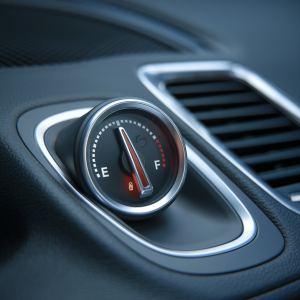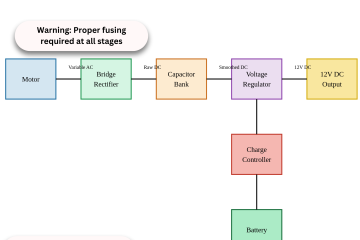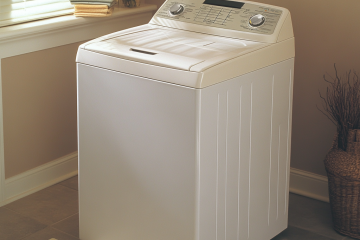
Keep your gas level at least sufficient to travel 75 miles.
Let’s set the stage: It’s a regular Tuesday. You’re cruising along in your car, the fuel gauge flirting dangerously close to the big E. But hey, you’ve been there before. You’ll just swing by the gas station on your way home. No biggie, right? Now fast forward to a crisis. That little red light isn’t just a mild inconvenience anymore; it’s a full-blown panic alarm. The gas station is packed, tempers are flaring, and in the middle of the chaos, you’re realizing this is not how you want to spend an emergency. Welcome to the preparedness pep talk you didn’t know you needed.
Let’s start with the golden rule of car preparedness: Always keep enough gas in your tank to drive at least 75 miles. Why 75 miles, you ask? That’s roughly the distance you’ll need to reach safety, whether it’s your great-aunt’s farmhouse, your buddy’s cabin, or anywhere far enough to escape the immediate chaos. To figure this out, take some time with a map and a compass (or Google Maps if you’re fancy). Draw a 75-mile radius around your home and see who’s in your emergency contact zone. Bonus points if they have a guest room and a stash of Oreos.
Now, let’s talk about gasoline storage—because nothing says “I’ve got my act together” like having your own mini gas station at home. Investing in a 14-15 gallon gas tank with a pump siphon is a game-changer. These beauties even come with wheels, so you can roll it around like the VIP of fuel you are. Add a stabilizer to your stored gas, and it’ll stay fresh for up to two years. That’s two years of peace of mind knowing you’re not going to end up in a fistfight at a gas pump during a hurricane, like the 175 poor souls who did exactly that during Hurricane Milton. Don’t be that person.
Speaking of hurricanes, or any crisis really, seconds matter. Remember how leaving for work five minutes late can turn a smooth commute into a parking lot nightmare? Now imagine that during an evacuation. The last place you want to be is at a gas station, fighting over the last drop of unleaded while the clock ticks. Keeping your tank topped off ensures you can hit the road immediately. No detours, no delays, no drama.
But let’s not stop there. Think about how to make refueling a non-event. Rotate your stored gasoline every six months to keep it fresh—use it up in your car and refill the tank. This way, you’re always prepared without wasting a drop. And if you really want to be the MVP of self-reliance, teach your family how to safely use the pump siphon. Because teamwork makes the dream work, even when the dream is just getting out of Dodge.
So, here’s the big takeaway: Preparedness isn’t about fear; it’s about freedom. It’s the freedom to leave when you need to, the freedom to avoid the chaos, and the freedom to focus on what really matters in an emergency—getting yourself and your loved ones to safety. Start small. Top off your tank, grab a gas container, and map out your escape routes. The road ahead is yours to master—no panic required.



0 Comments